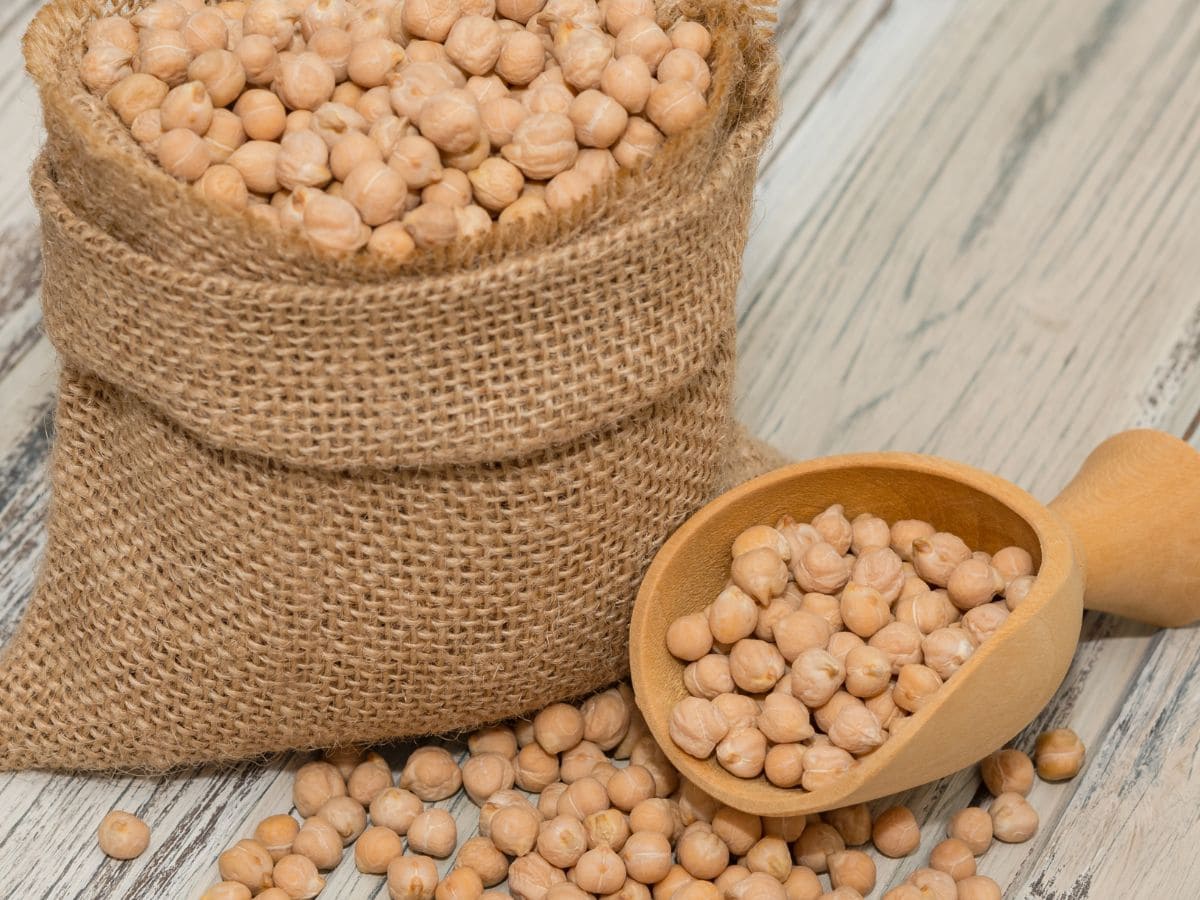

Articles
How To Store Chickpeas
Modified: March 26, 2024
Learn the best ways to store chickpeas and keep them fresh for longer with these helpful articles. Discover storage tips and tricks to maintain their flavor and texture.
(Many of the links in this article redirect to a specific reviewed product. Your purchase of these products through affiliate links helps to generate commission for Storables.com, at no extra cost. Learn more)
Introduction
Chickpeas, also known as garbanzo beans, are a versatile and nutritious legume widely used in various cuisines around the world. Whether you enjoy them in hummus, salads, soups, or as a main ingredient in vegetarian dishes, chickpeas are a pantry staple for many households. If you often find yourself with leftover chickpeas or want to stock up on this nutritious ingredient, it’s essential to know how to store them properly to maintain their freshness and flavor.
In this article, we will guide you through the process of storing chickpeas to ensure their long-term shelf life while preserving their quality. We will explore different storage methods, from dry storage to refrigeration and freezing, and share tips on how to maintain the freshness of stored chickpeas. Additionally, we will provide some cooking tips for using stored chickpeas in your favorite recipes.
By understanding the best practices for storing chickpeas, you can enjoy the convenience of having this nutritious ingredient on hand whenever you need it, without compromising its taste and texture. So, let’s dive in and learn how to store chickpeas for optimal freshness and flavor!
Key Takeaways:
- Store chickpeas in airtight containers in a cool, dry place to maintain freshness. Refrigerate cooked chickpeas for short-term use and freeze for long-term storage, ensuring you have this versatile ingredient on hand for any recipe.
- Keep chickpeas away from moisture and heat to preserve their quality. Soak dried chickpeas before cooking and get creative with various recipes to enjoy the nutritional benefits and delicious flavor of stored chickpeas.
Read more: How To Store Cooked Chickpeas
Understanding Chickpeas
Before delving into the storage methods, let’s take a moment to understand the nature of chickpeas. Chickpeas belong to the legume family and are rich in protein, fiber, vitamins, and minerals. They come in various forms, including whole, dried, canned, and precooked. Understanding the type of chickpeas you have will help you determine the most appropriate storage method.
If you have dried chickpeas, which are often found in bags or bulk bins, they need to be cooked before consuming. These dried chickpeas have a longer shelf life compared to cooked or canned ones. On the other hand, if you have canned chickpeas, they are already cooked and packed in water or a brine solution. Canned chickpeas have a shorter shelf life but offer convenience as they are ready to use. Precooked packaged chickpeas, usually found in the refrigerated section, are also an option.
Now that you understand the different forms of chickpeas available, let’s explore the best methods for storing them.
Storing Chickpeas
When it comes to storing chickpeas, there are a few methods you can choose from based on your preference and the available storage space. Let’s explore three common methods: dry storage, refrigeration, and freezing.
1. Dry Storage
Dry storage is the simplest and most common way to store chickpeas. If you have dried chickpeas that are still in their original packaging, ensure that the packaging is intact and airtight. If it’s not, transfer the chickpeas to an airtight container to prevent air exposure and moisture absorption, which can lead to spoilage.
Keep the airtight container in a cool, dry, and dark place, such as a pantry or kitchen cabinet. Avoid storing chickpeas near heat sources or in direct sunlight, as this can degrade their quality. When stored properly, dried chickpeas can last for up to a year.
2. Refrigeration
If you have cooked chickpeas or canned chickpeas that you haven’t used, storing them in the refrigerator is a great option to maintain their freshness for a longer period. Transfer the chickpeas along with their liquid (if canned) or cooking liquid (if homemade) to an airtight container or a resealable bag.
Place the container in the refrigerator, ideally in the crisper drawer or the coldest part of the fridge. Cooked or canned chickpeas can usually stay fresh in the refrigerator for up to 3-4 days.
Read more: How To Store Baked Chickpeas
3. Freezing
Freezing chickpeas is an excellent method to store them for an extended period, allowing you to have them on hand whenever you need them. Start by cooking dried chickpeas until they are tender. Drain them well and let them cool to room temperature.
Transfer the cooked chickpeas to a freezer-safe container or resealable bags. Make sure to remove as much air as possible from the bags to prevent freezer burn. Label the container or bags with the date, and store them in the freezer.
Frozen chickpeas can last for up to 4-6 months without a significant loss in quality.
Dry Storage
Dry storage is a popular method for storing dried chickpeas, as it is simple and convenient. Here are some steps to ensure optimal dry storage for your chickpeas:
- Inspect the packaging: If your dried chickpeas are still in their original packaging, check for any signs of damage or tears. Make sure the packaging is intact and airtight.
- Transfer to an airtight container: If the packaging is damaged or not airtight, transfer the chickpeas to an airtight container. This will help prevent air exposure and moisture absorption, which can lead to spoilage. Choose a container that is large enough to accommodate the quantity of chickpeas you have.
- Label the container: To keep track of the storage date, label the container with the current date. This will help you monitor the freshness of the chickpeas and ensure you use the oldest ones first.
- Find a cool, dry, and dark place: Store the airtight container in a cool, dry, and dark location, such as a pantry or kitchen cabinet. Avoid storing chickpeas near heat sources, as exposure to heat can accelerate the degradation process.
By following these steps, you can ensure that your dried chickpeas stay fresh and retain their quality for an extended period. Properly stored dried chickpeas can last for up to a year.
Refrigeration
If you have cooked chickpeas or canned chickpeas that you haven’t used, refrigeration is an ideal method to extend their shelf life. Here’s how to store chickpeas in the refrigerator:
- Transfer to an airtight container: If you have leftover cooked chickpeas or opened canned chickpeas, transfer them to an airtight container. Alternatively, you can use a resealable bag to store them. This will help preserve their freshness and prevent any odor transfer in the refrigerator.
- Include the liquid: When storing canned chickpeas, include the liquid from the can in the container. The liquid, often referred to as aquafaba, can be used in various recipes as a vegan substitute for egg whites.
- Place in the refrigerator: Put the container with the chickpeas in the refrigerator. It is best to store them in the crisper drawer or the coldest part of the fridge. This will help maintain their freshness and prevent them from drying out.
- Check for freshness: Cooked or canned chickpeas can typically stay fresh in the refrigerator for about 3-4 days. Remember to check for any signs of spoilage, such as an off odor or slimy texture, before using them in your recipes.
Refrigeration is a convenient option when you have leftover chickpeas that you want to use within a few days. It helps to slow down the spoilage process and keeps the chickpeas fresh for a short period.
Freezing
Freezing chickpeas is a great method for long-term storage, allowing you to enjoy them at your convenience. Here’s how to freeze chickpeas:
- Cook the chickpeas: Start by cooking dried chickpeas according to the package instructions until they are tender. Drain them well and let them cool to room temperature.
- Transfer to freezer-safe containers or bags: Once the chickpeas are cooled, transfer them to freezer-safe containers or resealable bags. It’s helpful to divide them into small portions so that you can easily thaw only the amount you need for a recipe.
- Remove excess air: If using resealable bags, squeeze out as much air as possible before sealing them. This will help prevent freezer burn and maintain the quality of the chickpeas.
- Label and date: Properly label each container or bag with the current date. This will help you keep track of the storage time and ensure you use the oldest chickpeas first.
- Freeze the chickpeas: Place the containers or bags in the freezer and make sure they are stored flat to maximize space. Chickpeas can last in the freezer for 4-6 months without a significant loss in quality.
When you’re ready to use the frozen chickpeas, simply thaw them in the refrigerator overnight or on the defrost setting of your microwave. Once thawed, they can be used in various recipes, such as soups, stews, salads, or even mashed as a base for vegan spreads like hummus.
Freezing chickpeas not only extends their shelf life but also preserves their taste and texture, allowing you to enjoy their nutritional benefits whenever you desire.
Read more: How To Store Chickpeas In Fridge
Maintaining Freshness
Regardless of the storage method you choose, it’s important to implement certain practices to maintain the freshness of your stored chickpeas. Here are some tips to help you keep your chickpeas in optimal condition:
1. Using Airtight Containers
Whether you store chickpeas in dry storage, the refrigerator, or the freezer, using airtight containers is crucial. Airtight containers prevent air exposure and moisture absorption, which can lead to spoilage or the loss of flavor. Make sure the containers are properly sealed to maintain the quality of the chickpeas for a longer period.
2. Keeping Away from Moisture
Moisture is the enemy when it comes to storing chickpeas. Moisture can lead to mold growth or the development of a stale taste. To prevent moisture damage, ensure that the chickpeas are completely dry before storing them. Additionally, be mindful of storing them in a cool and dry environment, away from humid areas like the kitchen sink or dishwasher.
3. Avoiding Heat Exposure
Heat can accelerate the spoilage process and cause the chickpeas to lose their freshness. To prevent heat damage, avoid storing chickpeas near heat sources, such as stovetops, ovens, or direct sunlight. Keep them in a cool and shaded area to maintain their quality.
By following these practices, you can significantly extend the shelf life and preserve the flavor of your stored chickpeas.
Read more: How To Store Roasted Chickpeas
Using Airtight Containers
When it comes to storing chickpeas, using airtight containers is essential for maintaining their freshness and flavor. Here’s why airtight containers are crucial and how to use them effectively:
Preserves Freshness: Airtight containers create a seal that prevents air from entering and coming into contact with the chickpeas. Oxygen exposure can lead to oxidation, which causes the chickpeas to spoil faster and lose their freshness. By using airtight containers, you can prolong the shelf life of your stored chickpeas.
Prevents Odor Transfer: Airtight containers also prevent odor transfer between the chickpeas and other foods in your pantry or refrigerator. Chickpeas can absorb odors easily, which can affect their taste and aroma. By keeping them in a sealed container, you ensure that their natural flavor remains intact.
How to Use Airtight Containers:
- Select a Suitable Container: Choose a container that is specifically designed to be airtight, like glass or BPA-free plastic containers with silicone gaskets or locking lids. Mason jars with airtight lids can also work well. Ensure that the container is clean and dry before using it.
- Transfer the Chickpeas: If you have dried chickpeas, transfer them from their original packaging to the airtight container. For cooked or canned chickpeas, move them from their cooking liquid or can to the container. If using a resealable bag, squeeze out excess air before sealing it tightly.
- Label the Container: To keep track of the storage date, label the container with the current date using a marker or a label. This will help you know how long the chickpeas have been stored and ensure you use the oldest ones first.
- Store in a Cool, Dark Place: Place the airtight container in a cool, dry, and dark area, such as a pantry or kitchen cabinet. Avoid storing it near heat sources or in direct sunlight, as excessive heat can degrade the quality of the chickpeas.
By using airtight containers, you can protect your chickpeas from air exposure, maintain their freshness, and ensure their longevity. This storage method is ideal for both dried and cooked chickpeas, allowing you to enjoy their delectable taste in your favorite recipes whenever you desire.
Keeping Away from Moisture
Moisture is one of the main factors that can lead to the deterioration of stored chickpeas. To maintain their quality and prevent spoilage, it’s important to keep chickpeas away from moisture. Here’s how to effectively protect your chickpeas from excess moisture:
Dry Thoroughly: Before storing chickpeas, ensure they are completely dry. If you have cooked chickpeas, drain them well and allow them to cool to room temperature. Excess moisture can create a breeding ground for bacteria or cause the chickpeas to become mushy and lose their texture.
Choose a Dry Storage Location: Find a cool and dry area for storing your chickpeas. High humidity can promote mold or bacterial growth, which can spoil the chickpeas. Avoid storing them near the sink, dishwasher, or any area prone to moisture, like a damp basement.
Use Moisture-Absorbing Packs: To further protect against moisture, consider adding moisture-absorbing packs or desiccants to the storage container. These packs can help absorb any ambient moisture that may be present, keeping the chickpeas dry and fresh. You can find moisture-absorbing packs at stores or online.
Keep Packaging Intact: If you’re using packaged dried chickpeas, ensure that the packaging is intact and airtight. Damaged packaging can allow moisture to enter and compromise the quality of the chickpeas. If the packaging is damaged, transfer the chickpeas to an airtight container to keep them protected.
Monitor for Moisture Build-Up: Regularly check the storage container for any signs of moisture buildup. If you notice condensation or wetness inside the container, remove the chickpeas, dry the container thoroughly, and then return the chickpeas to ensure they stay dry and fresh.
By keeping chickpeas away from moisture, you can ensure their longer shelf life and maintain their optimal texture and taste. With proper storage practices, you can enjoy delicious and nutritious chickpeas in your recipes without any compromise in quality.
Store chickpeas in an airtight container in a cool, dry place, away from direct sunlight. This will help to maintain their freshness and prevent them from spoiling.
Avoiding Heat Exposure
Heat can have a detrimental effect on the quality and freshness of stored chickpeas. To ensure that your chickpeas remain in optimal condition, it’s crucial to avoid heat exposure. Here are some tips to help you keep your chickpeas away from excessive heat:
Choose a Cool Storage Location: Select a cool and dry area for storing your chickpeas. Avoid placing them near heat sources such as stovetops, ovens, or radiators. Heat can speed up the degradation process and cause the chickpeas to lose their flavor and nutritional value.
Avoid Direct Sunlight: Direct sunlight can cause temperature fluctuations and intense heat, which can negatively impact the quality of the chickpeas. Store them in a cabinet or pantry away from windows or any other areas exposed to direct sunlight.
Protect Packaging: If your chickpeas are in their original packaging, ensure that it is sturdy and intact. Packaging that is damaged or not heat-resistant may allow heat to penetrate and lead to spoilage. If necessary, transfer chickpeas to airtight containers that offer better heat protection.
Keep Away from Appliances: Avoid storing chickpeas near appliances that produce heat, such as ovens, microwaves, or dishwashers. These appliances can emit heat, which can affect the quality and taste of the chickpeas over time.
Monitor Temperature: Regularly check the storage area for temperature fluctuations. Keep the storage space at a moderate and consistent temperature to prevent extreme heat exposure. Fluctuating temperatures can accelerate the deterioration of chickpeas.
By taking precautions to avoid heat exposure, you can ensure that your stored chickpeas retain their flavor, texture, and nutritional value. By keeping them in a cool environment, you’ll be able to enjoy fresh and delicious chickpeas in your culinary creations.
Cooking Tips for Stored Chickpeas
When it comes to using stored chickpeas in your recipes, there are a few cooking tips that can help you maximize their flavor and texture. Whether you have dried chickpeas that have been stored or chickpeas that have been refrigerated or frozen, these tips will ensure you get the most out of your stored chickpeas:
1. Soaking Dried Chickpeas: If you have stored dried chickpeas, it’s important to soak them before cooking. Soaking helps soften the chickpeas and significantly reduces the cooking time. Place the chickpeas in a bowl, cover them with water, and let them soak overnight or for at least 8 hours.
2. Season the Cooking Liquid: When cooking dried chickpeas or even using canned chickpeas, adding flavor to the cooking liquid can infuse the chickpeas with extra taste. Consider adding herbs, spices, garlic, or onion to the water as you cook the chickpeas to enhance their flavor profile.
3. Test for Doneness: When cooking chickpeas, it’s important to ensure they are cooked to the desired tenderness. Storing chickpeas for a longer period may lead to slight variations in cooking time, so it’s essential to taste test them periodically. Cooked chickpeas should be soft enough to bite through but still hold their shape without turning mushy.
4. Season After Cooking: Seasoning chickpeas after they are cooked allows you to control the flavor and adjust it according to your preference. Add salt, spices, herbs, or other seasonings to the cooked chickpeas while they are still warm to ensure that the flavors are well incorporated.
5. Experiment with Recipes: Stored chickpeas can be used in a variety of dishes, so don’t be afraid to get creative! Try making hummus, falafel, salads, stews, pasta dishes, or even chickpea curries. There are endless possibilities for incorporating chickpeas into your cooking repertoire.
By following these cooking tips, you can make the most of your stored chickpeas and create delicious and satisfying meals. Whether you’re using dried, refrigerated, or frozen chickpeas, these tips will help you achieve optimal results in your culinary endeavors.
Read more: How To Store Canned Chickpeas
Conclusion
Knowing how to properly store chickpeas is essential for maintaining their freshness, flavor, and nutritional value. By applying the right storage methods and techniques, you can ensure that your chickpeas remain in optimal condition for an extended period of time.
Dry storage is ideal for storing dried chickpeas, where you can transfer them to airtight containers and keep them in a cool, dry, and dark place. Refrigeration is a great option for cooked or canned chickpeas, as they can be stored in airtight containers in the refrigerator for a few days. Freezing chickpeas allows for long-term storage, ensuring that you have them readily available whenever you need them.
In addition to the storage methods, maintaining freshness is equally important. Using airtight containers helps preserve the freshness of chickpeas, keeping them protected from air exposure. Keeping chickpeas away from moisture by ensuring they are completely dry and storing them in a dry location helps prevent spoilage. Avoiding heat exposure and storing chickpeas in a cool environment helps maintain their quality and nutritional content.
When it’s time to cook with stored chickpeas, remember to soak dried chickpeas before cooking and to test for doneness to achieve the desired texture. Season the cooking liquid and add additional seasonings to enhance the flavor of the cooked chickpeas. Get creative and experiment with various recipes to fully enjoy the versatility of chickpeas.
By following these storage and cooking tips, you can make the most of your stored chickpeas and ensure that they continue to add a delightful touch to your meals. Whether you’re making hummus, salads, soups, or any other dish, properly stored chickpeas will provide you with nutrient-rich and delicious ingredients. So go ahead, stock up on chickpeas and store them with confidence, knowing that you’re well-equipped to enjoy their goodness for an extended period!
Frequently Asked Questions about How To Store Chickpeas
Was this page helpful?
At Storables.com, we guarantee accurate and reliable information. Our content, validated by Expert Board Contributors, is crafted following stringent Editorial Policies. We're committed to providing you with well-researched, expert-backed insights for all your informational needs.
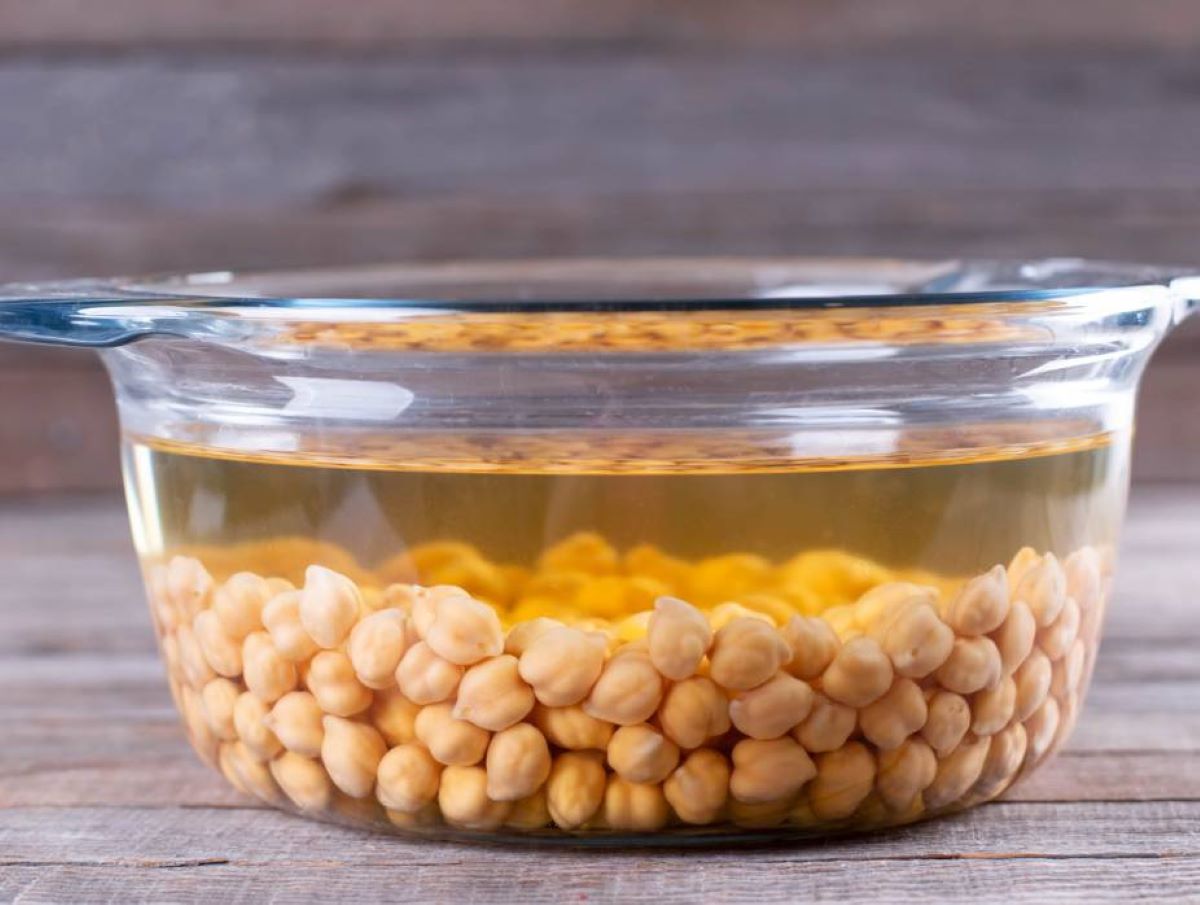
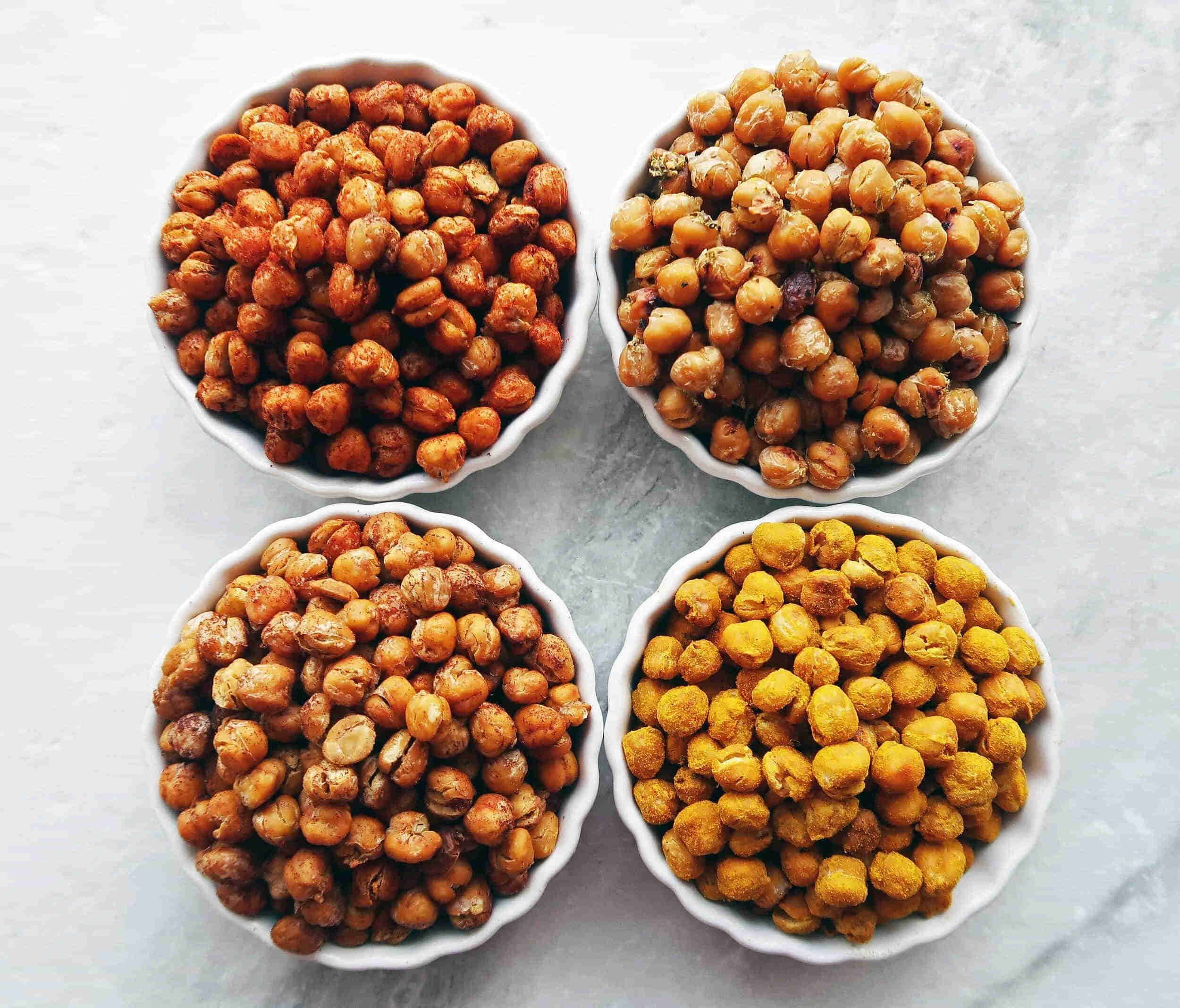
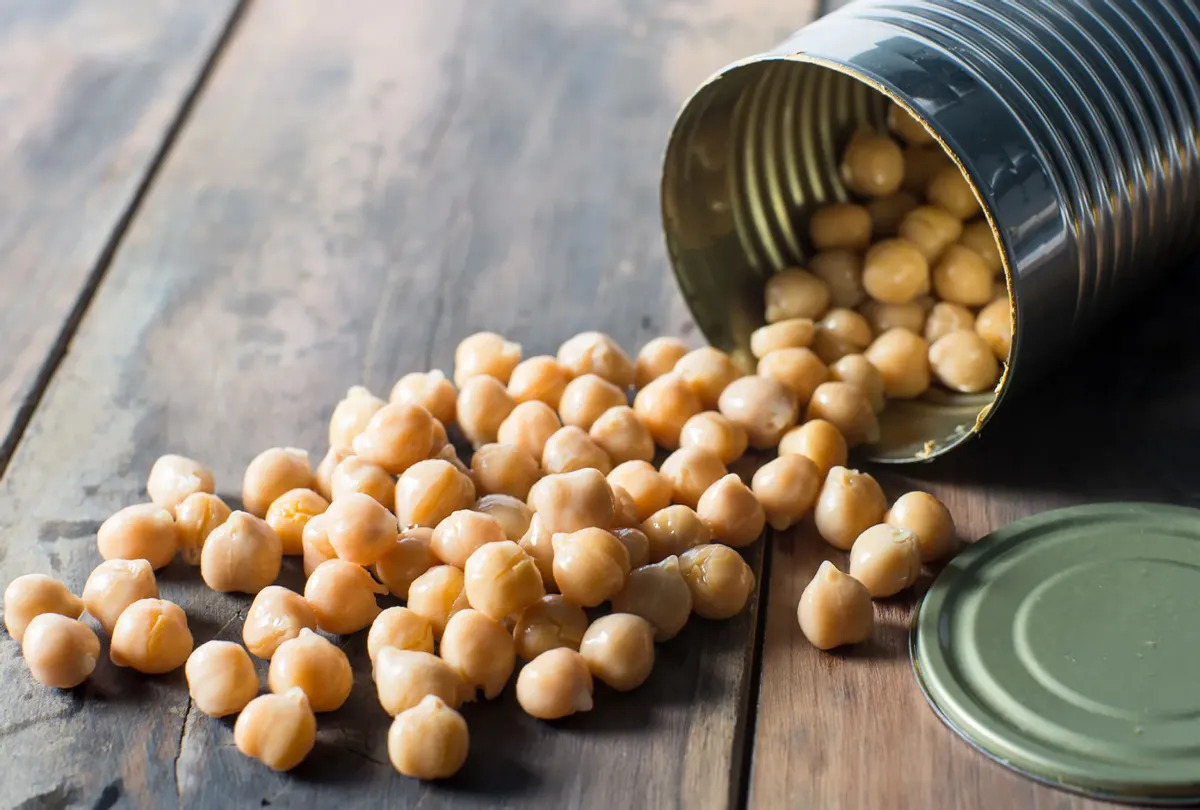
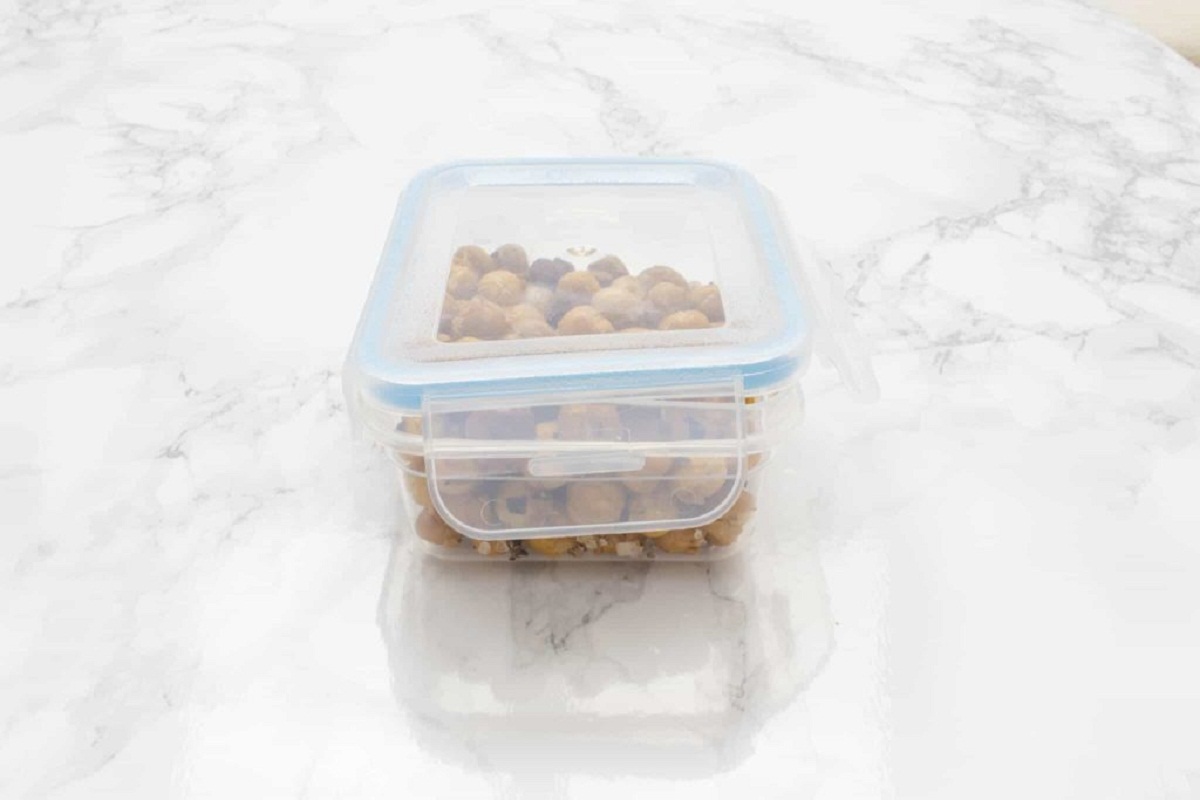
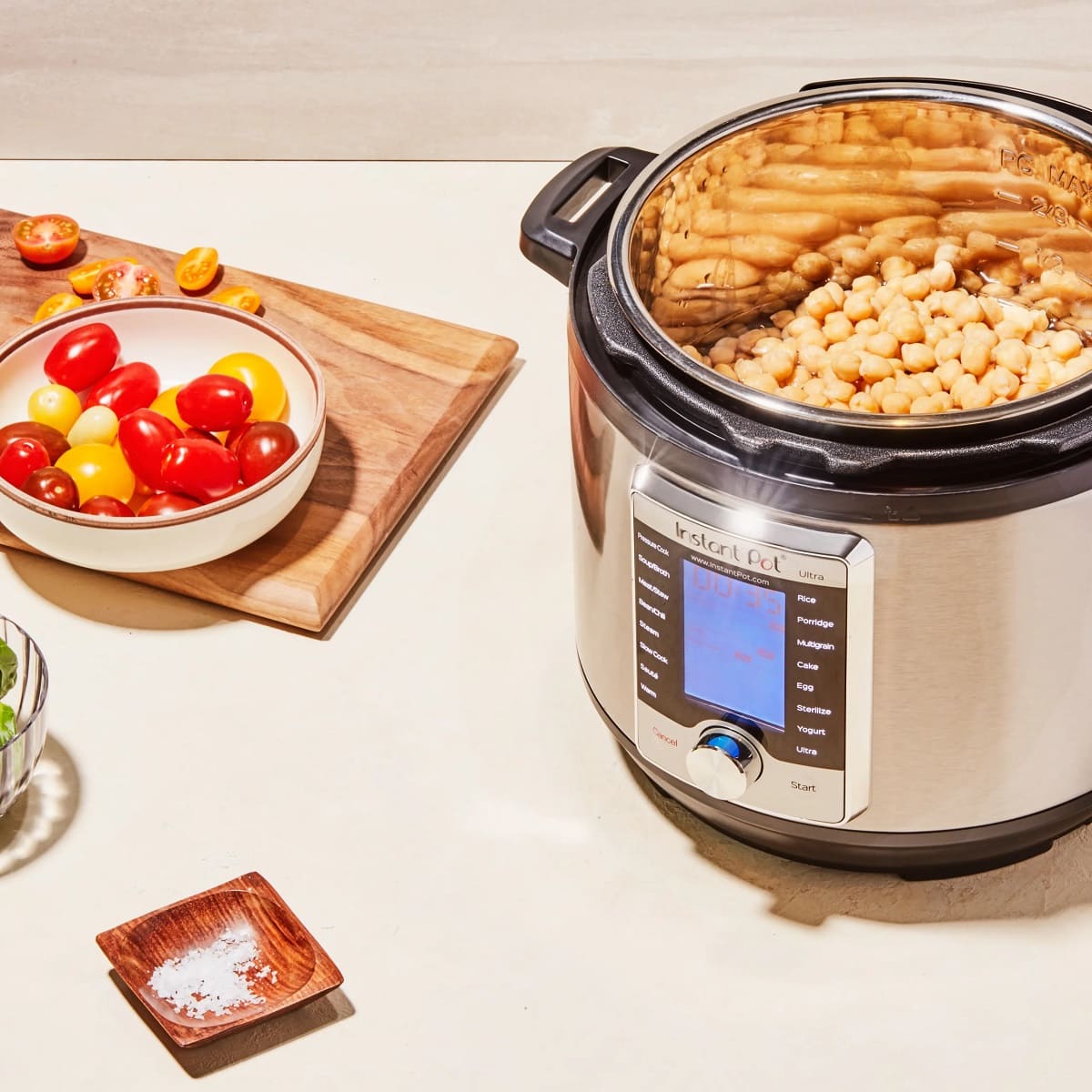
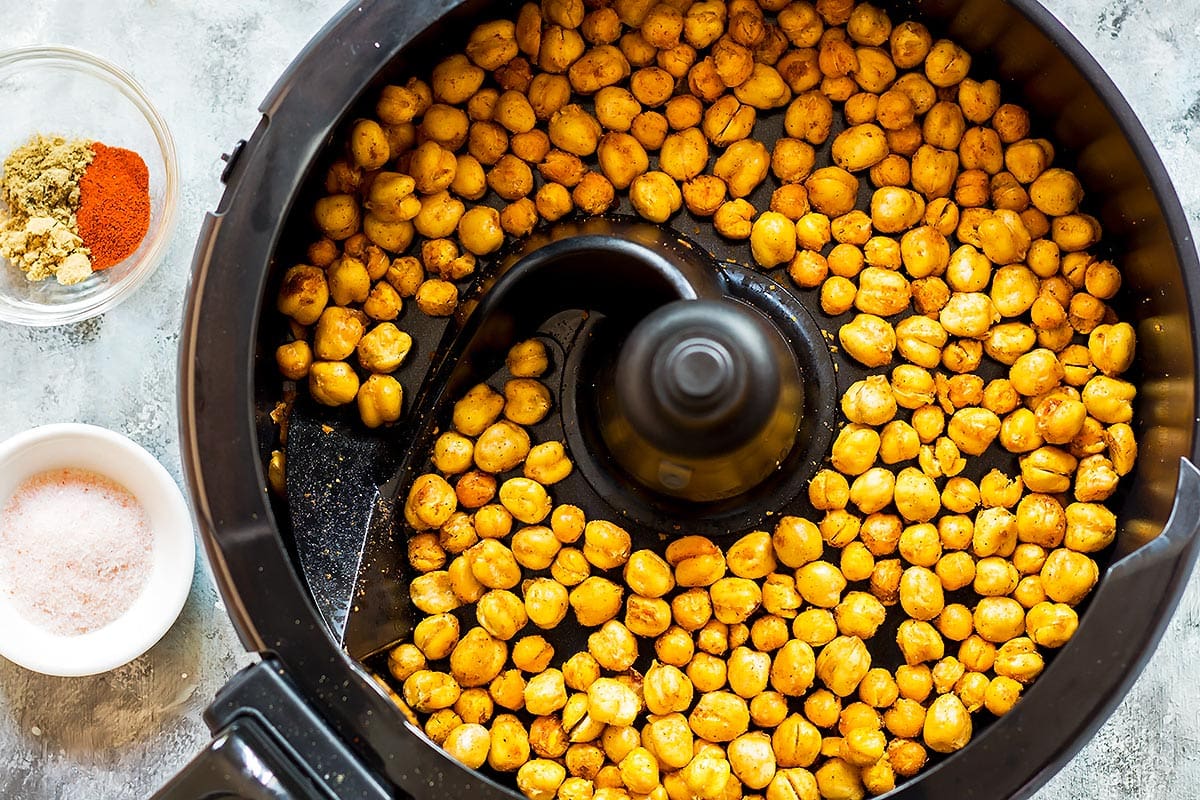
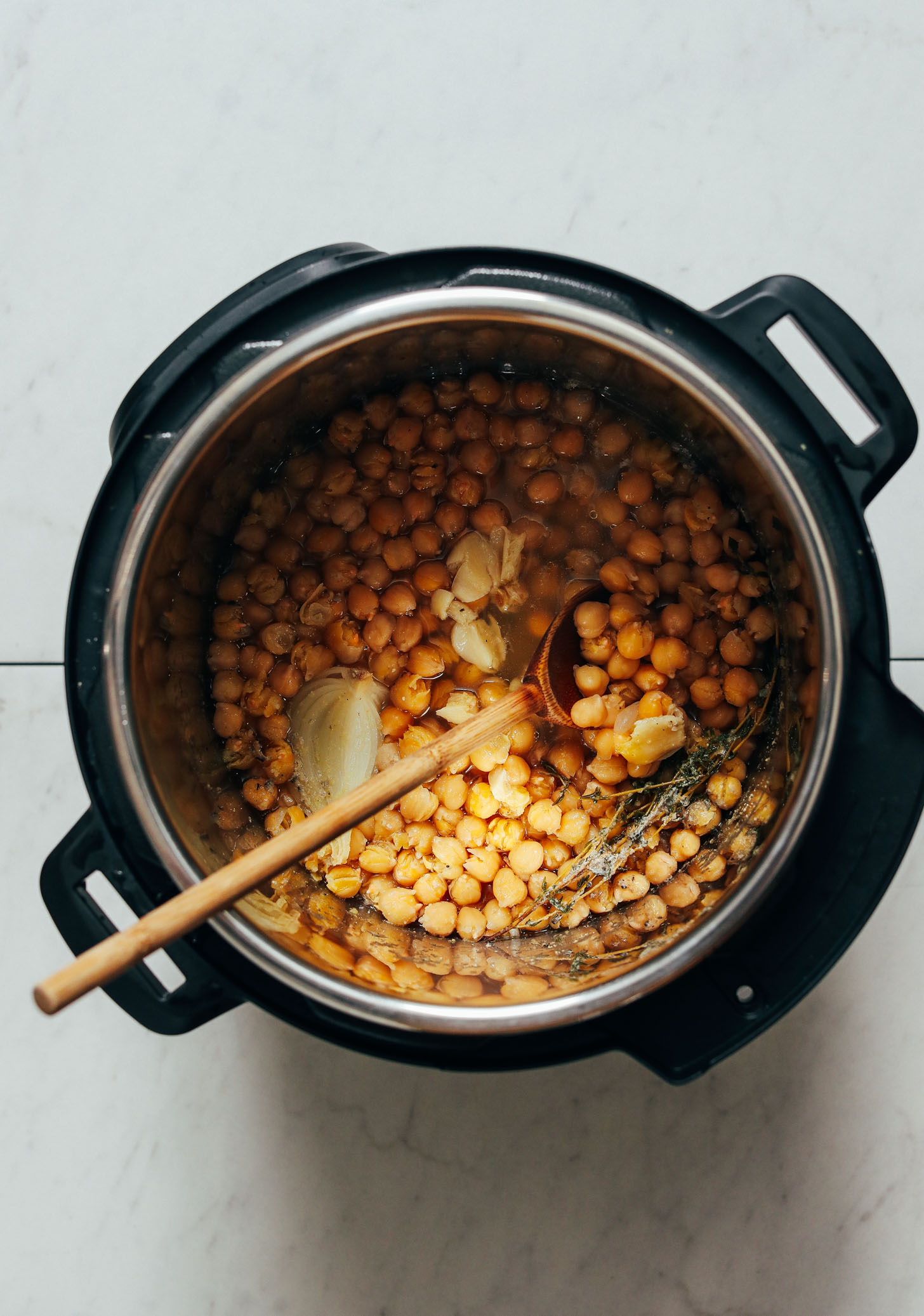



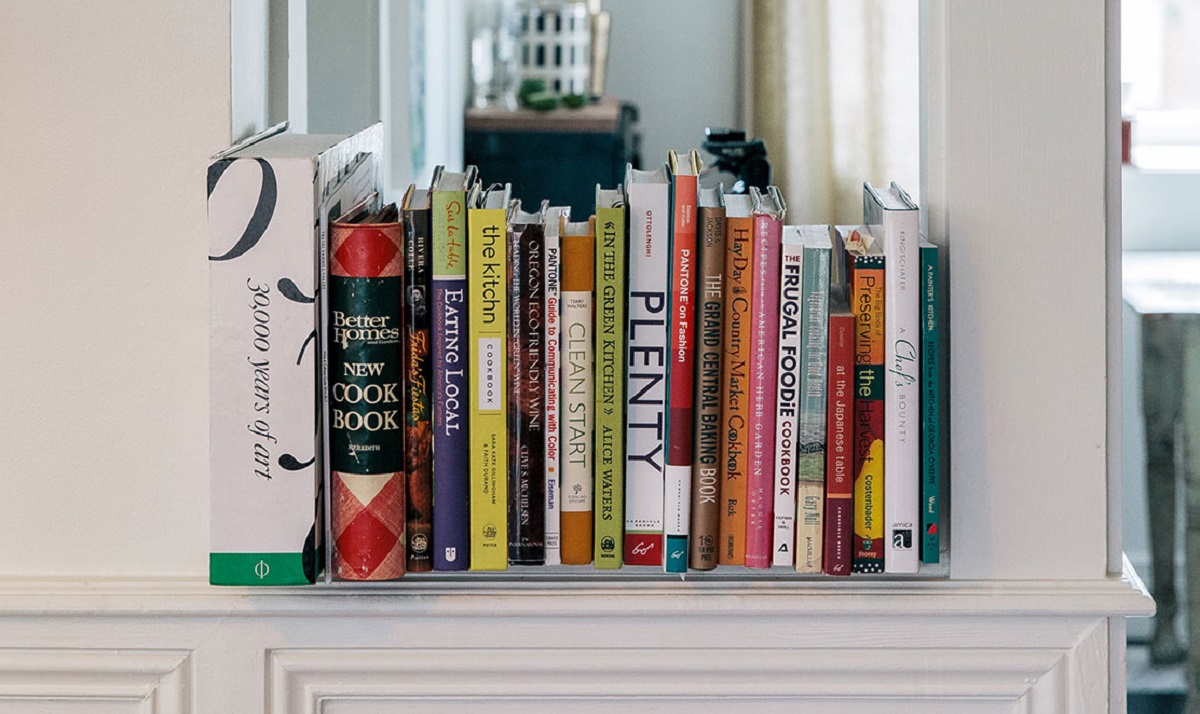

0 thoughts on “How To Store Chickpeas”